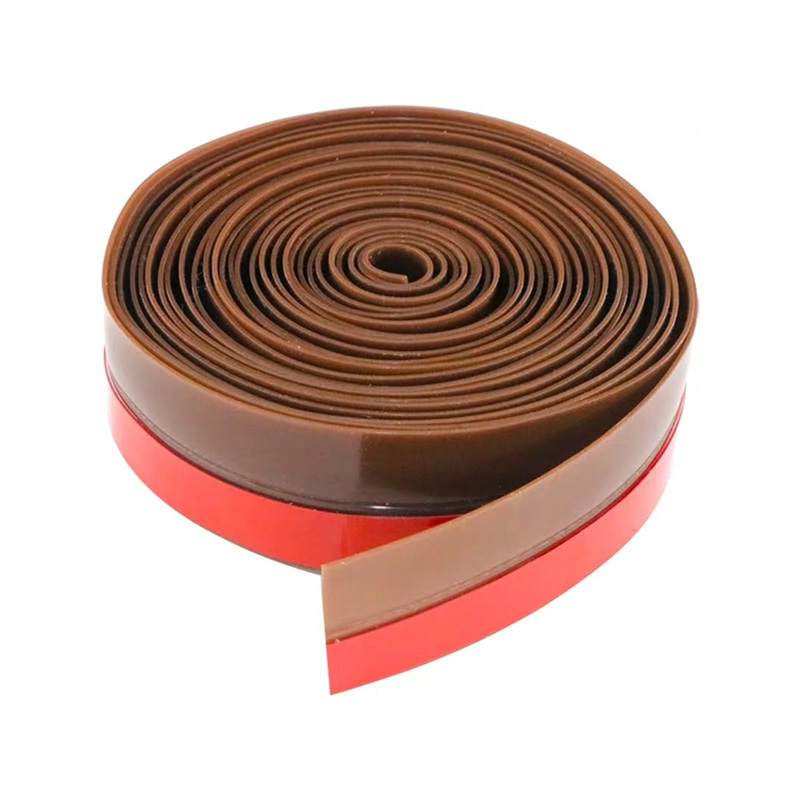Vehicle Rubber Seals Industry Leading Manufacturer for Quality Automotive Solutions
The Importance of Vehicle Rubber Seals An Insight into the Manufacturing Process
In the automotive industry, vehicles are subjected to various environmental elements—ranging from extreme weather conditions to dust and moisture. To enhance the durability and performance of vehicles, automotive manufacturers utilize various components, one of the most crucial being rubber seals. Vehicle rubber seals play a pivotal role in ensuring the longevity and efficiency of automobiles by providing a protective barrier that safeguards interior components from external elements.
What are Vehicle Rubber Seals?
Vehicle rubber seals, often referred to as gaskets or weather stripping, are made from durable synthetic or natural rubber materials that are designed to fit into specific grooves and crevices of a vehicle. Their primary function is to prevent water, dust, and air from entering the vehicle’s cabin or internal parts, thereby maintaining a comfortable environment for passengers and protecting sensitive components from corrosion or damage.
Common types of rubber seals in vehicles include door seals, window seals, trunk seals, and hood seals. Each type serves a specific purpose and is engineered to withstand the varying conditions that a vehicle faces throughout its lifespan.
The Manufacturing Process of Vehicle Rubber Seals
The manufacturing process of vehicle rubber seals involves several critical stages, ensuring that the final product meets the high standards required by the automotive industry
.1. Material Selection The first step in the manufacturing process is choosing the right materials. Rubber seals can be made from various types of rubber, including EPDM (ethylene propylene diene monomer), neoprene, and silicone. These materials are selected based on their ability to endure temperature variations, UV exposure, and physical wear over time.
vehicle rubber seals manufacturer

2. Compounding Once the material is selected, it undergoes a compounding process. This involves mixing the rubber with other additives such as carbon black for strength, accelerators for curing, and processing oils to enhance flexibility. The right formulation is crucial as it affects the durability, elasticity, and overall performance of the rubber seal.
3. Molding The compounded rubber is then subjected to molding processes, which typically include extrusion or compression molding. In extrusion, the rubber compound is forced through a die to create long shapes, which are then cut to the required lengths. In compression molding, pre-measured amounts of rubber are placed into molds and heated under pressure, allowing the rubber to take the shape of the mold. This step is essential for creating the precise dimensions of seals that fit perfectly into vehicle components.
4. Curing After molding, the rubber seals undergo a curing process (vulcanization), where they are heated to induce chemical reactions that enhance their strength and elasticity. This step is critical as it determines the final properties of the rubber, making it more resilient to wear and tear.
5. Quality Testing Once cured, the rubber seals are subjected to rigorous quality testing. This includes checking for dimensional accuracy, tensile strength, elongation, and resistance to environmental conditions. Quality control is imperative to ensure that the seals will perform optimally under real-world conditions.
6. Finishing and Packaging After passing quality tests, the rubber seals are trimmed of any excess material and cleaned. They are then packaged for shipping to automotive manufacturers. Proper packaging is essential to prevent any damage during transit and ensures that the seals arrive in pristine condition.
Conclusion
In conclusion, vehicle rubber seals play an integral role in the automotive industry by providing essential protection and enhancing the overall lifespan of vehicles. The meticulous manufacturing process—spanning material selection, compounding, molding, curing, and testing—ensures that these seals can withstand the rigors of daily use, thus delivering superior performance and reliability. As the automotive industry continues to evolve, the demand for high-quality rubber seals will undoubtedly rise, making it imperative for manufacturers to stay ahead with innovative techniques and materials. Investing in reliable vehicle rubber seals is not just a necessity but a strategic approach to enhancing vehicle performance and customer satisfaction.
Share
-
The Best Lubricants for Aluminum Roller GuidesNewsJul.23,2025
-
Slitting Machine Applications in the Packaging IndustryNewsJul.23,2025
-
Rolling Roller Balancing Techniques for Smooth OperationNewsJul.23,2025
-
How To Optimize An EV Battery Assembly LineNewsJul.23,2025
-
Energy Efficiency in Modern Battery Formation EquipmentNewsJul.23,2025
-
Automation Trends in Pouch Cell Assembly EquipmentNewsJul.23,2025







